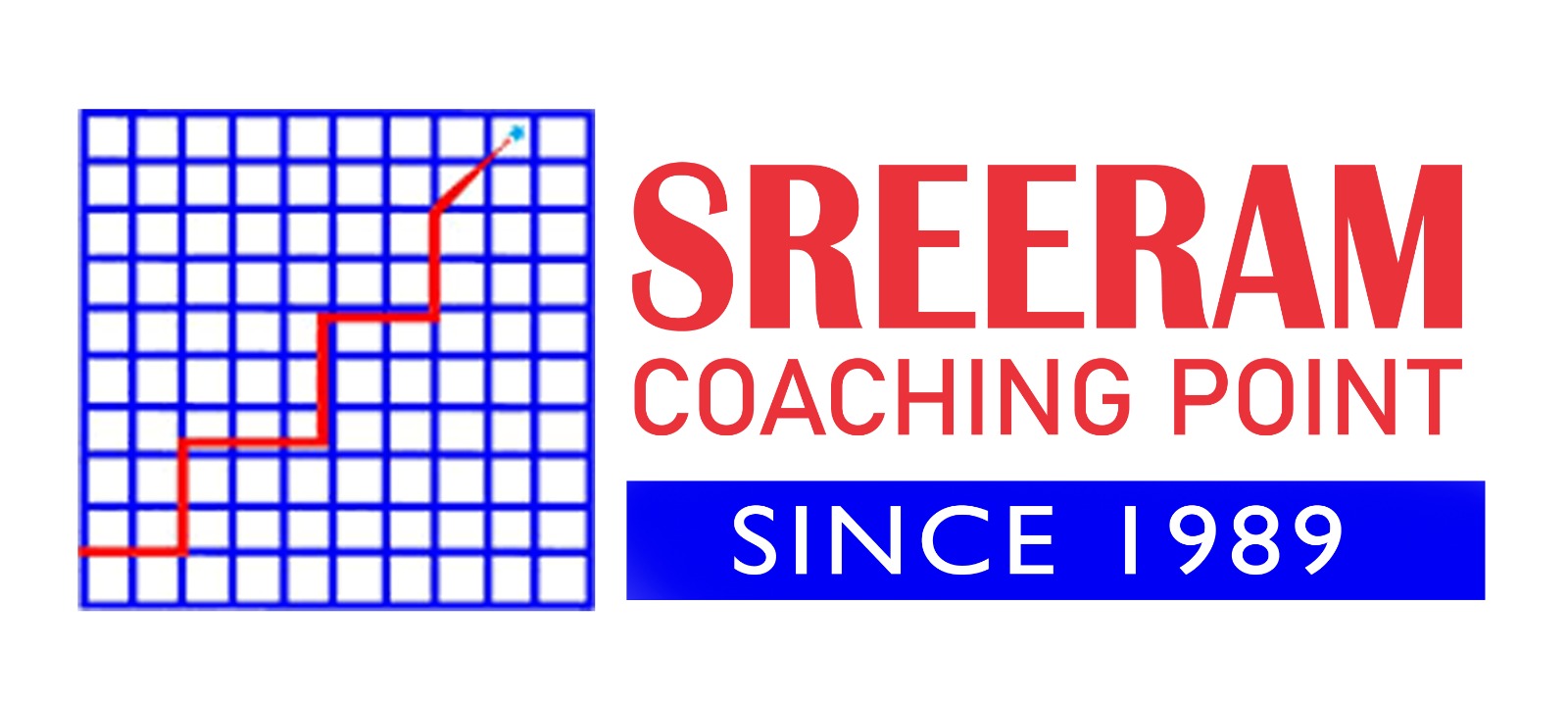
What is double decline balance method of charging depreciation?
Double Declining Balance Depreciation Method
The double declining balance depreciation method is a form of accelerated depreciation that allows companies to depreciate fixed assets more heavily in the early years, thereby deferring income taxes to later years. This method doubles the regular depreciation approach and is frequently employed to reflect the decreasing value of assets over time more accurately.
Calculation Steps:
- Determine Straight-Line Depreciation Rate: Firstly, the company needs to calculate the depreciation rate under the Straight-Line Method (SLM). This rate is typically determined by dividing the cost of the asset by its useful life. For example, if an asset costs $10,000 and has a useful life of 5 years, the straight-line depreciation rate would be 20% per year ($10,000 / 5 years = $2,000 per year).
- Double the Straight-Line Rate: Under the double declining balance method, the depreciation rate for the first year is twice the rate determined under the Straight-Line Method. Using the example above, if the straight-line rate is 20% per year, the double declining balance rate for the first year would be 40%.
- Subsequent Years' Depreciation: For the second year and subsequent years, depreciation is calculated based on the opening book value (or the remaining balance) of the asset using the same doubled rate. This is akin to the Written Down Value (WDV) method. The salvage value of the asset is ignored throughout the computation.
Example Calculation:
Consider an asset with a cost of $10,000 and a useful life of 5 years, and $2500 salvage value.
- Straight-Line Method Rate: 1 / 5 years = 20% per year.
- Double Declining Balance Rate (Year 1): 20% x 2 = 40%.
- Year 1 Depreciation: $10,000 x 40% = $4,000. (ignoring Salvage value)
- Year 2 Depreciation: ($10,000 - $4,000) x 40% = $2,400.
- Year 3 Depreciation: ($10,000 - $4,000 - $2,400) x 40% = $1,440.
- Asset reaches some value but not zero as it partakes the features of WDV method into it.
Conclusion:
The double declining balance depreciation method offers the advantage of front-loading depreciation expenses, reflecting the higher wear and tear on assets in their earlier years. However, it's important to remember that this method may not accurately represent the actual decline in value of certain assets and should be used with caution.
A comparative table is given for your reference
|
Example |
|
|
|
Cost |
10000 |
|
|
Life |
5 |
Years |
|
Salvage |
2500 |
|
|
|
|
|
|
Year 1 |
SLM |
DDB |
|
Cost |
10000 |
10000 |
|
Depreciation |
1500 |
4000 |
|
=[10000-2500]/5 |
|
|
|
Closing WDV Y1 |
8500 |
6000 |
|
Depreciation 2 |
1500 |
2400 |
|
Closing WDV Y2 |
7000 |
3600 |
|
Depreciation 3 |
1500 |
1440 |
|
Closing WDV Y3 |
5500 |
2160 |
|
Depreciation Y4 |
1500 |
864 |
|
Closing WDV Y4 |
4000 |
1296 |
|
Depreciation Y5 |
1500 |
518.4 |
|
Closing WDV Y5 |
2500 |
777.6 |
In short DDB is a combination of SLM and WDV with no target carrying value at the end of nth year.
By CPA L.Mukundan

